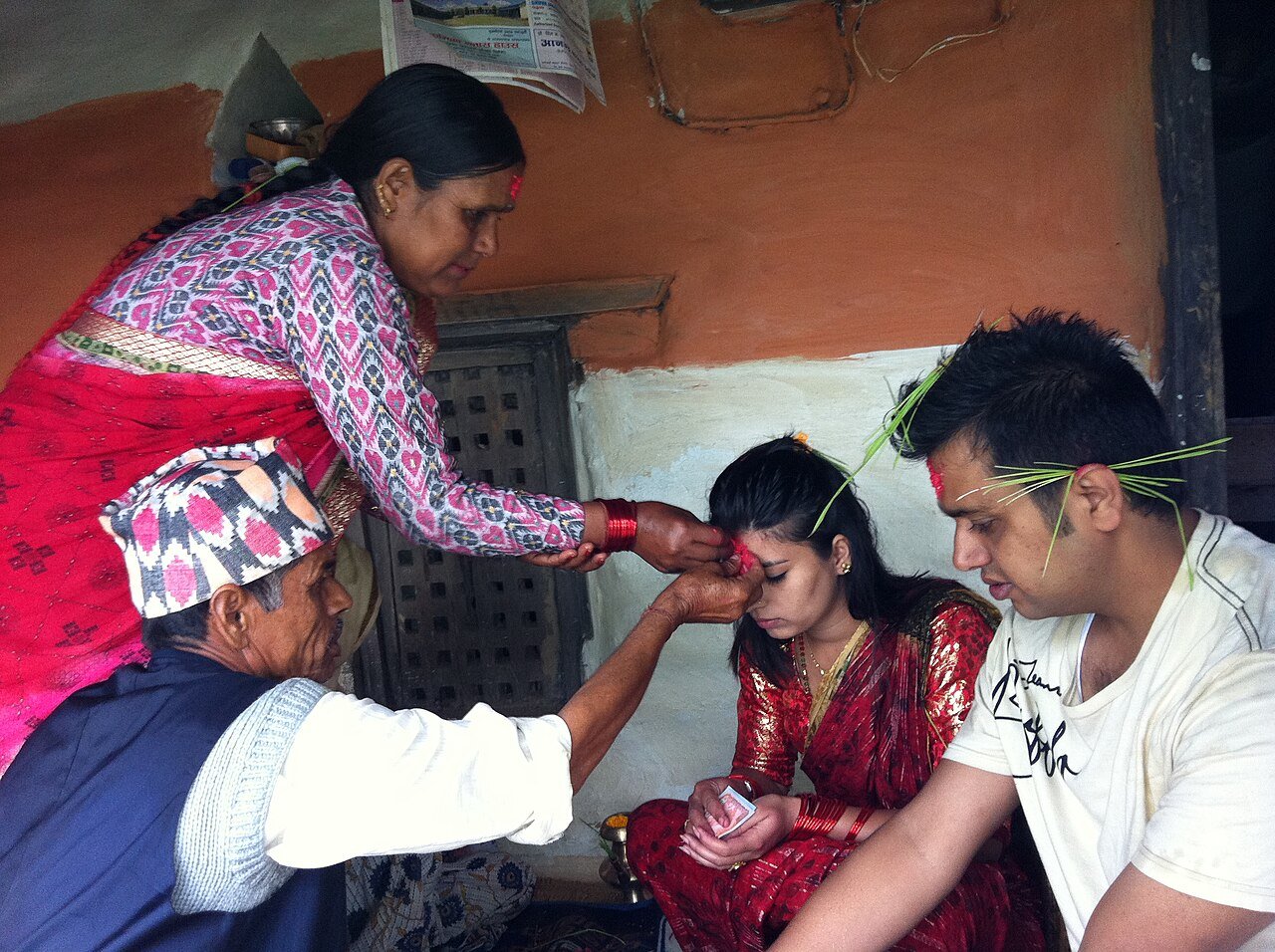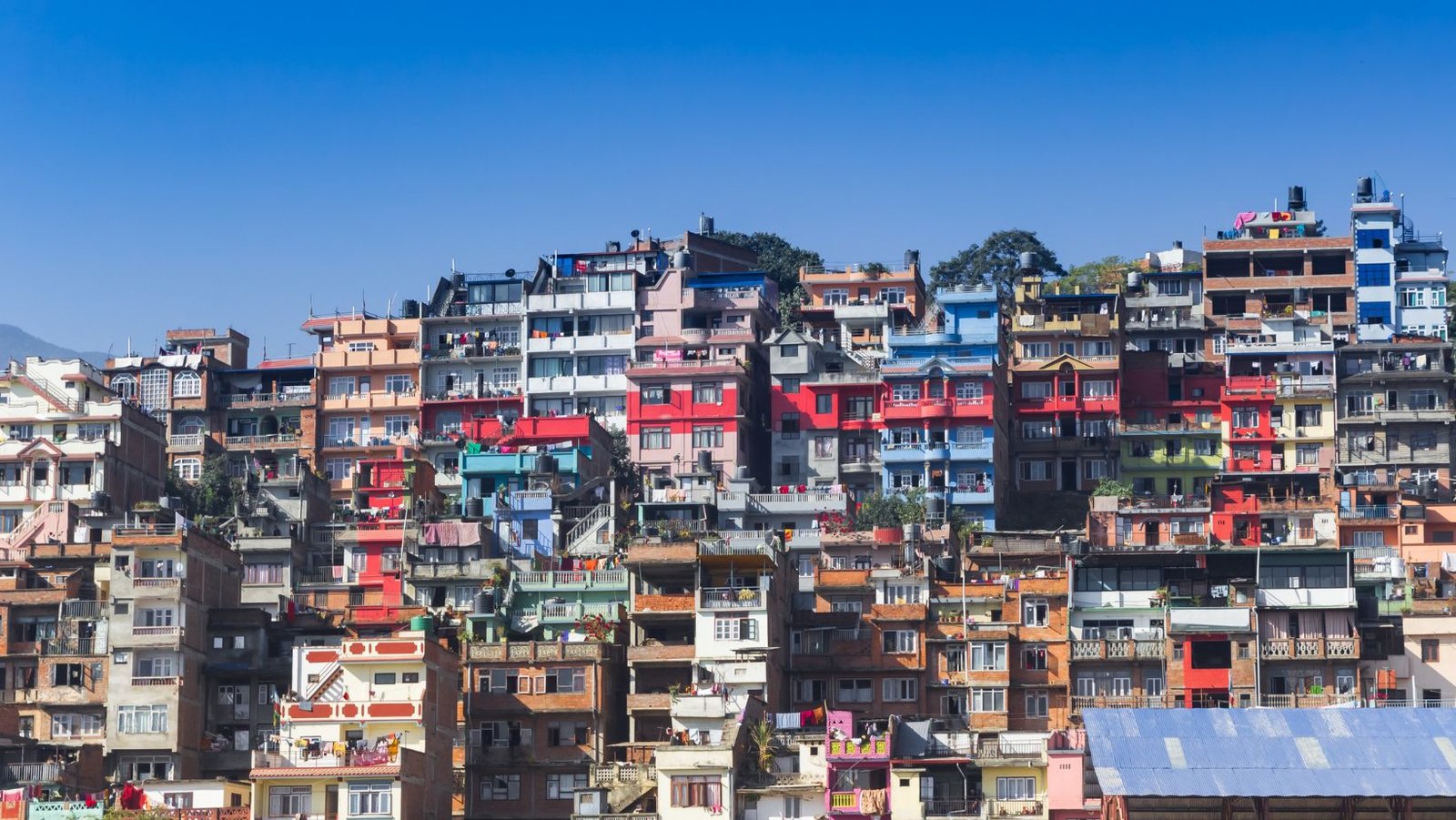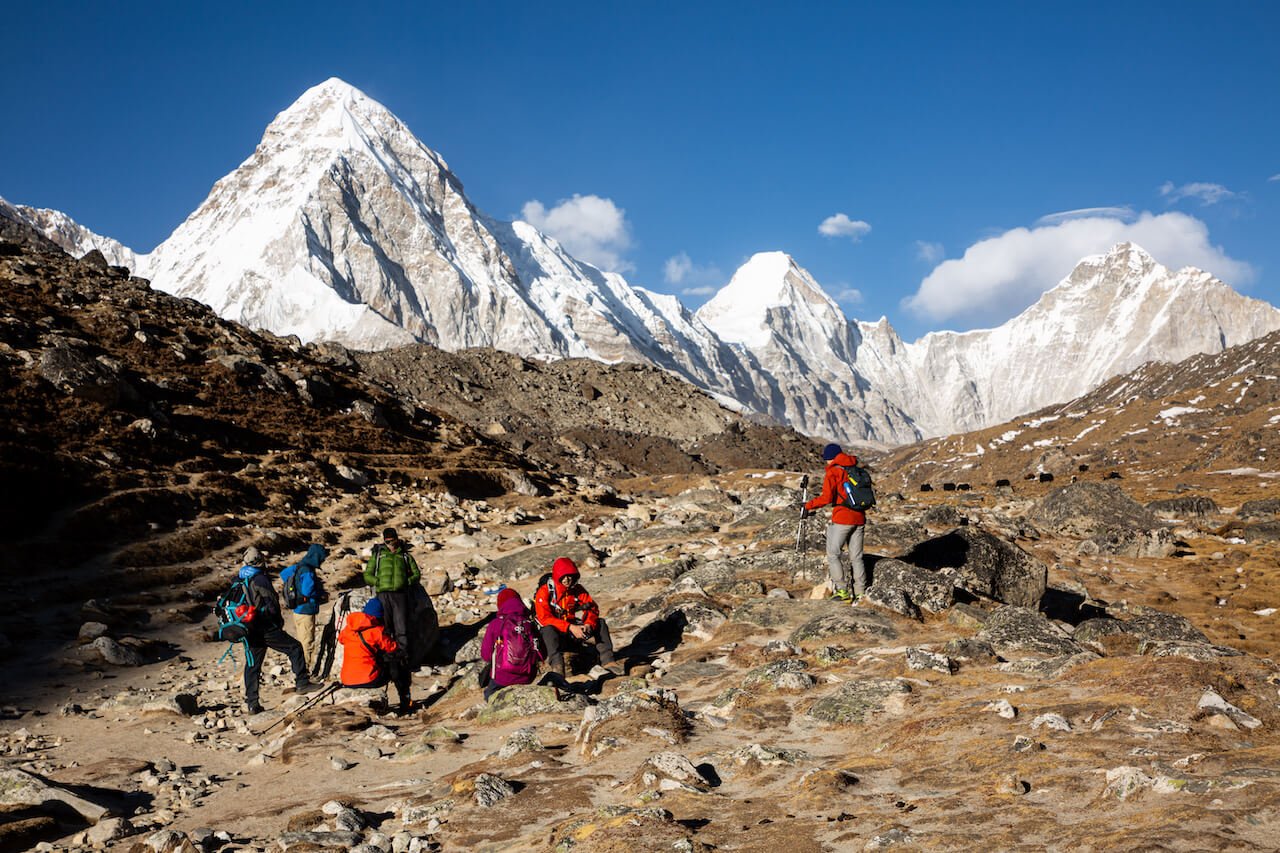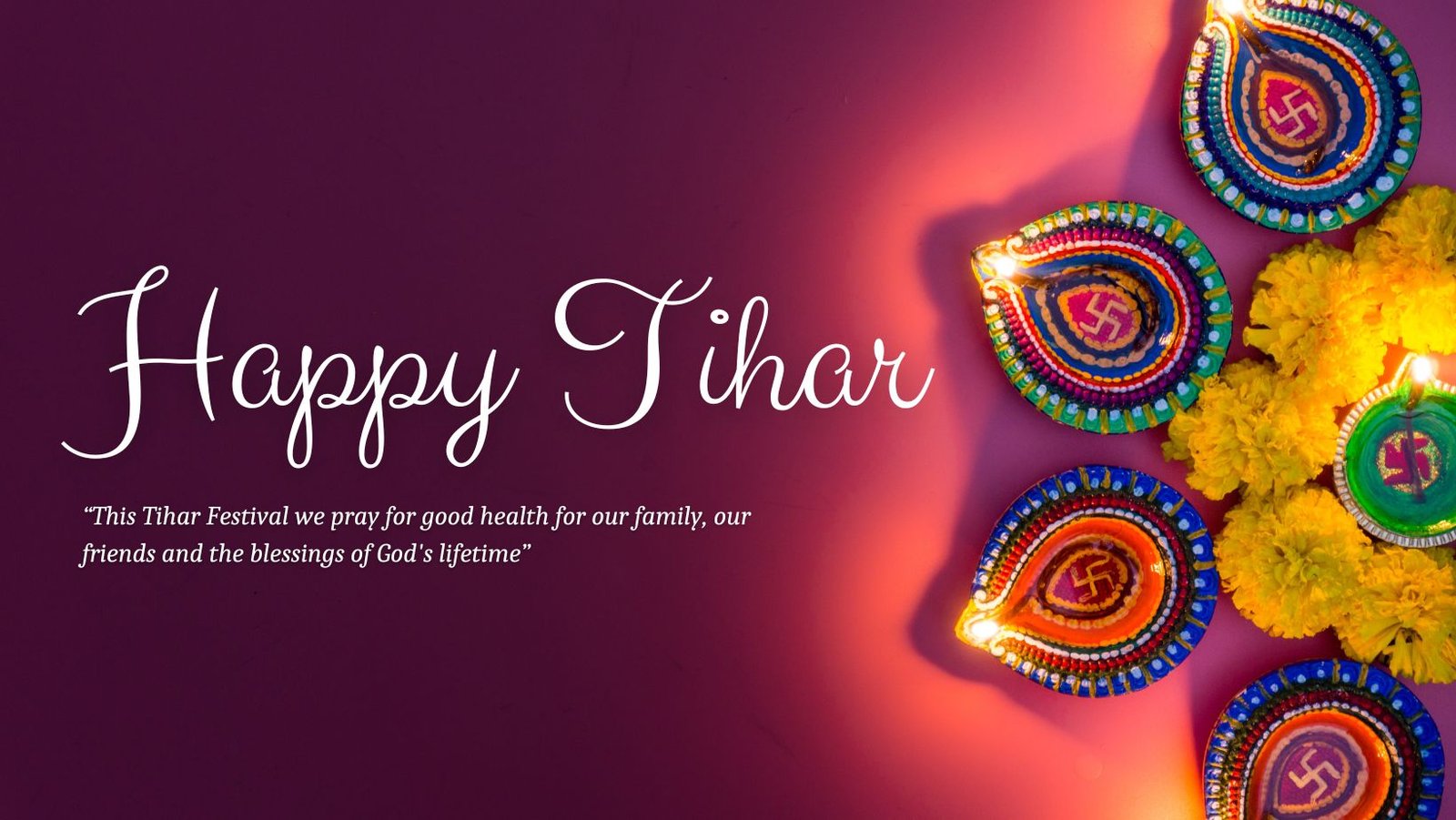Dashain is Nepal’s longest, most cherished, and widely celebrated festival, extending over 15 days each year between September and October. This vibrant festival unites the nation in joyous celebration of the eternal triumph of good over evil, symbolized through the worship of Goddess Durga and her nine divine forms. It marks a period of religious devotion, cultural renewal, family reunions, and joyful festivities, embodying Nepal’s rich spiritual essence and social harmony.
Historical and Mythological Origins
The story of Dashain is rooted in ancient Hindu mythology that reveres the victory of Goddess Durga, an embodiment of Shakti (divine feminine energy), over the buffalo demon Mahishasura. Mahishasura had unleashed terror upon gods and humans alike by his destructive powers. In response, the gods combined their powers manifesting the powerful goddess Durga, bestowed with dazzling weapons and radiant energy. She fought Mahishasura fiercely for nine days and nights and finally slew him on the tenth day, known as Vijaya Dashami or Dashain. This victory is symbolic of righteousness defeating wickedness and invites devotees to reflect on the values of courage, truth, and goodness.
Another related legend is from the epic Ramayana, where Lord Rama prays to Durga before defeating the demon king Ravana. Dashain also honors these divine triumphs and serves as a reminder of the cosmic order restored by good forces.
The Spiritual and Cultural Landscape of Dashain in Nepal
Dashain is both a harvest festival and a spiritual celebration. It falls during the post-monsoon season when crops have been gathered, providing a time for rest, thanksgiving, and preparation for the coming year. Historically, it was a period for agrarian societies of Nepal to come together, express gratitude to nature’s bounty, and seek the goddess’s blessings for prosperity.
The festival is deeply embedded in family and community life. It is a time when family members gather from far and wide, renew bonds, and share in large feasts and rituals. Homes are cleaned and decorated with flowers and sacred plants, reflecting the fresh start and sanctity the festival brings.
Worship of the Nine Forms of Goddess Durga: The Navadurga
Dashain coincides with Navratri, a nine-night festival during which nine distinct forms of Goddess Durga, known as Navadurga, are worshipped one day each. Each form symbolizes unique divine qualities that devotees aspire to imbibe.
Day 1 (Ghatasthapana): Shailaputri – The Daughter of the Mountains
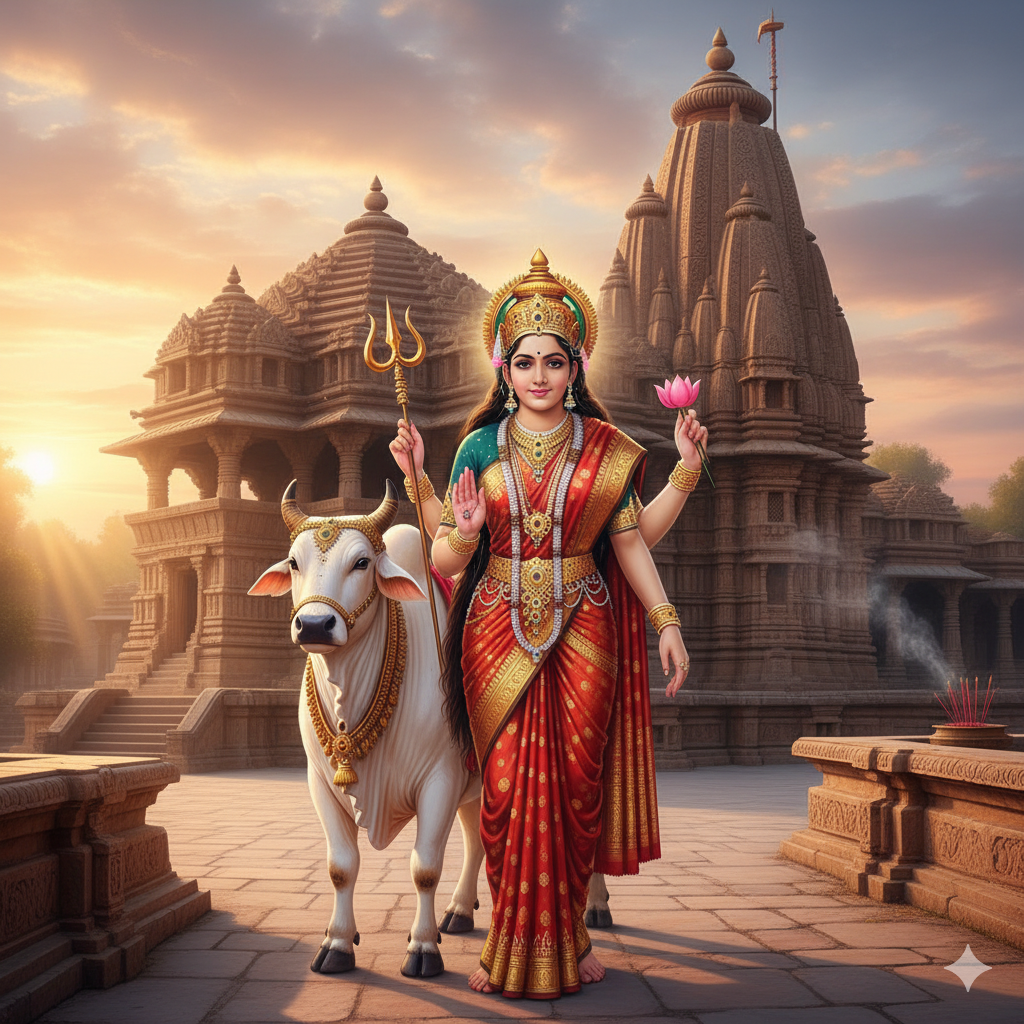
Shailaputri embodies nature and purity. Riding a white bull and holding a trident and lotus, she represents strength and steadfastness. Worshipping her on the festival’s first day instills the foundation of spiritual discipline.
Day 2: Brahmacharini – The Ascetic Devotee
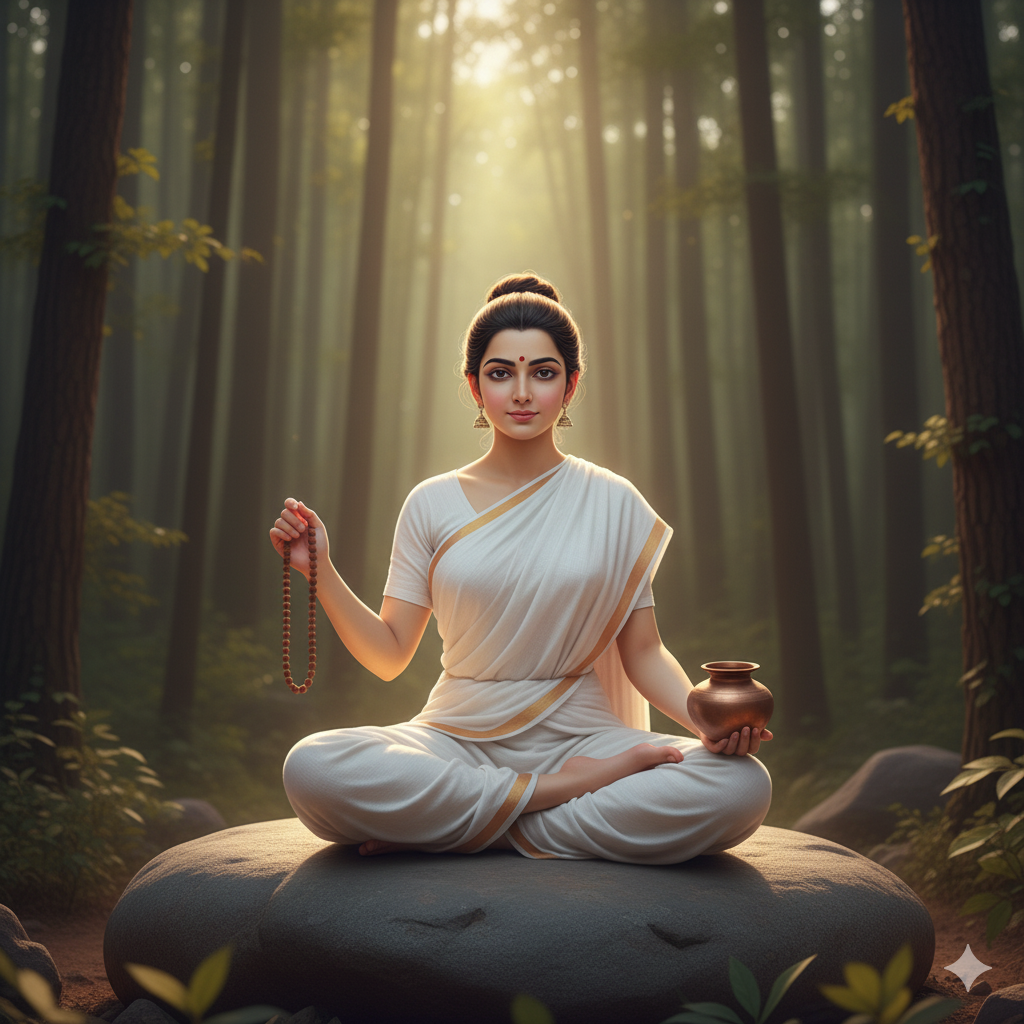
Brahmacharini signifies penance, devotion, and endurance. She walks the path of austerity with a rosary and water pot in her hands. Offering prayers to her encourages perseverance and spiritual dedication.
Day 3: Chandraghanta – The Fierce Warrior
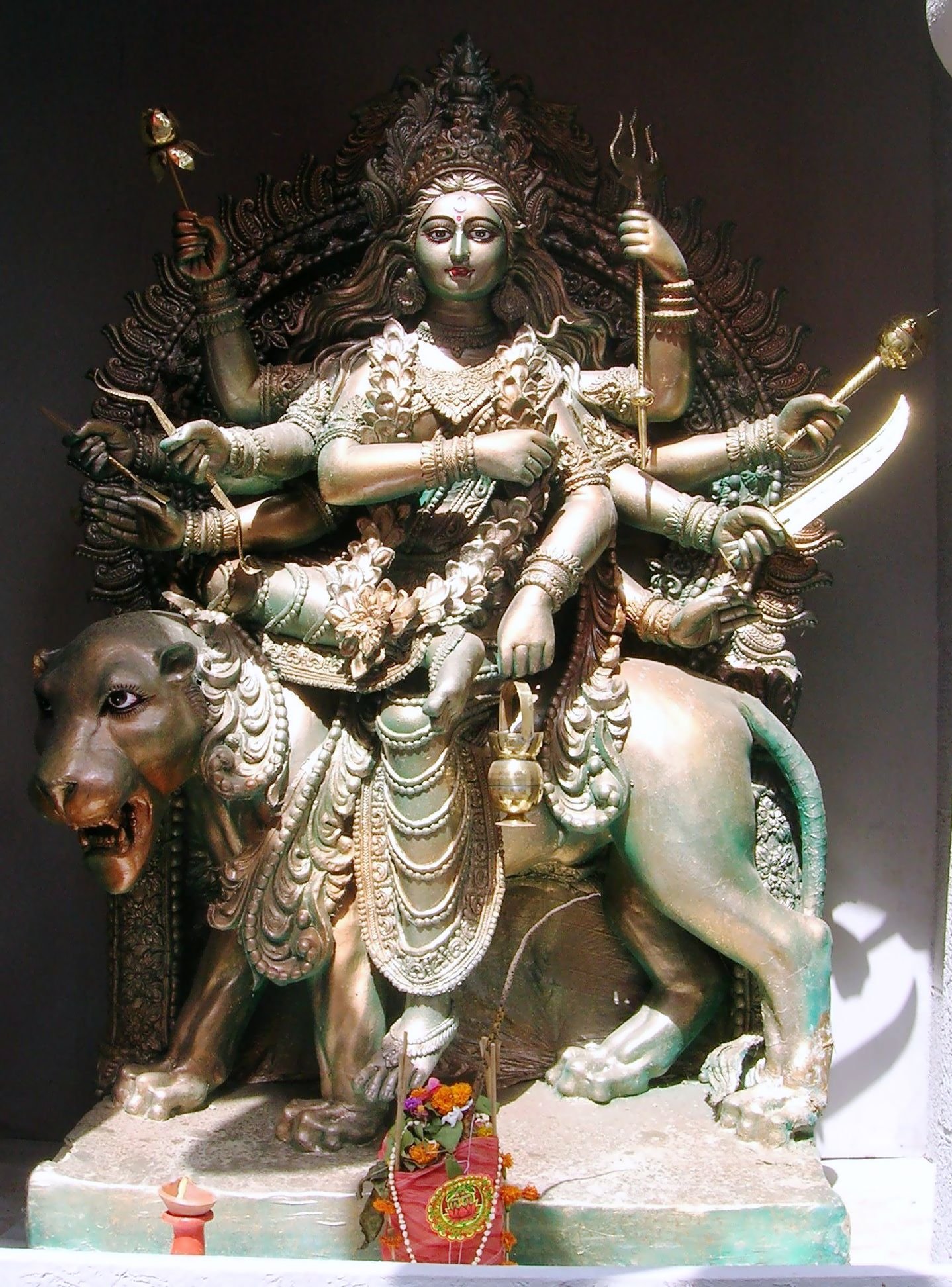
By Jonoikobangali – Own work, CC BY-SA 3.0, Link
Chandraghanta, with her bell-shaped crescent moon crown, ten arms, and tiger mount, symbolizes bravery and peace. She wards off evil and helps devotees overcome fears with courage.
Day 4: Kushmanda – The Creator of the Universe
Radiant Kushmanda is credited with creating the cosmos with her divine smile. She rides a lion and has multiple arms carrying weapons and a rosary. She grants health, wealth, and strength.
Day 5: Skandamata – The Mother of God Skanda
Day 6: Katyayani – The Warrior Goddess
Katyayani, born to sage Katyayan, is a fierce incarnation who fights evil forces. Her worship empowers followers with courage, removes obstacles, and brings success.
Day 7: Kalaratri – The Dark Night of Destruction
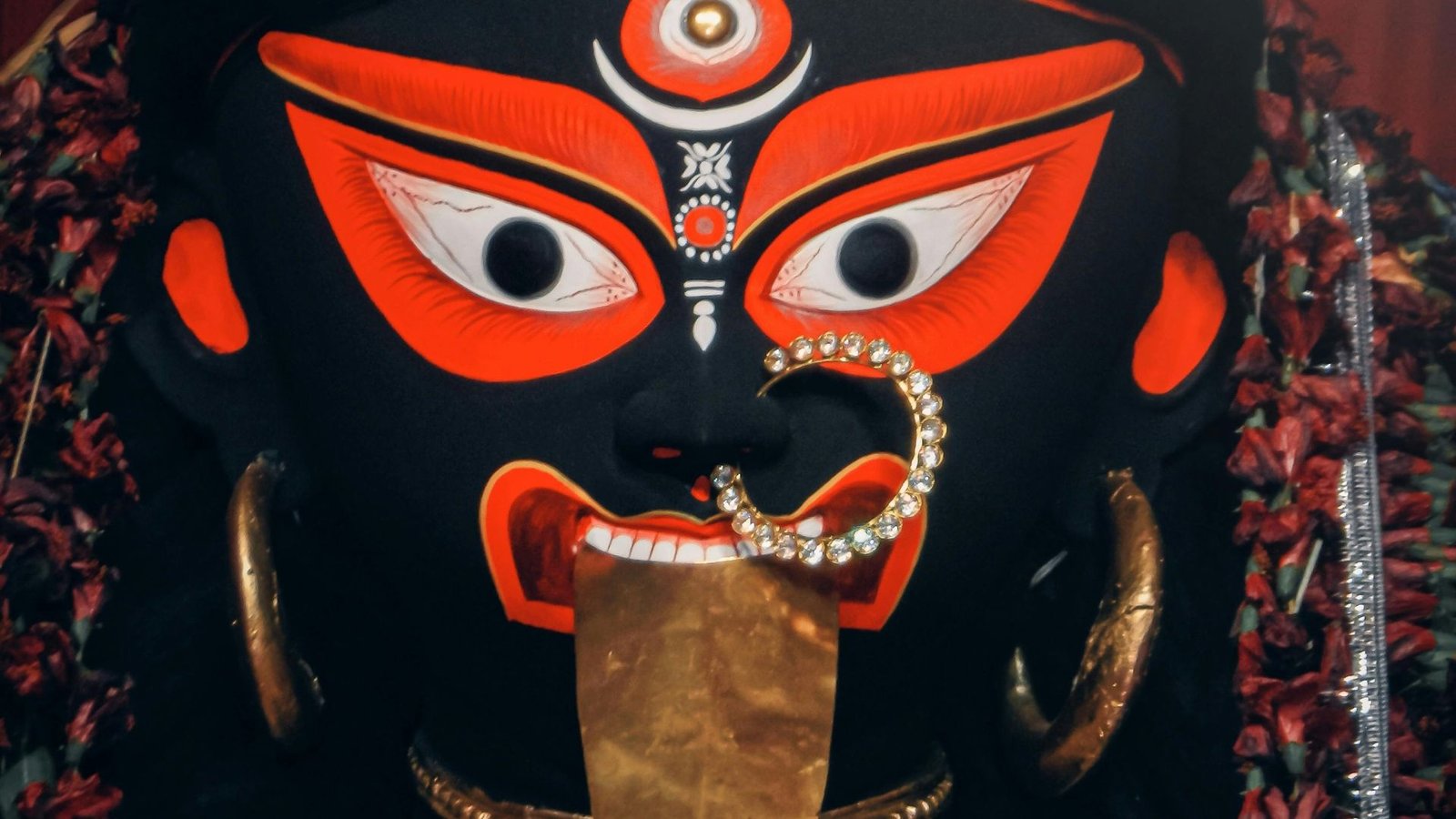
Kalaratri’s fearsome dark form destroys darkness and evil. She instills fearlessness and spiritual awakening in devotees. Her worship purifies and removes negativity.
Day 8: Mahagauri – The Pure One
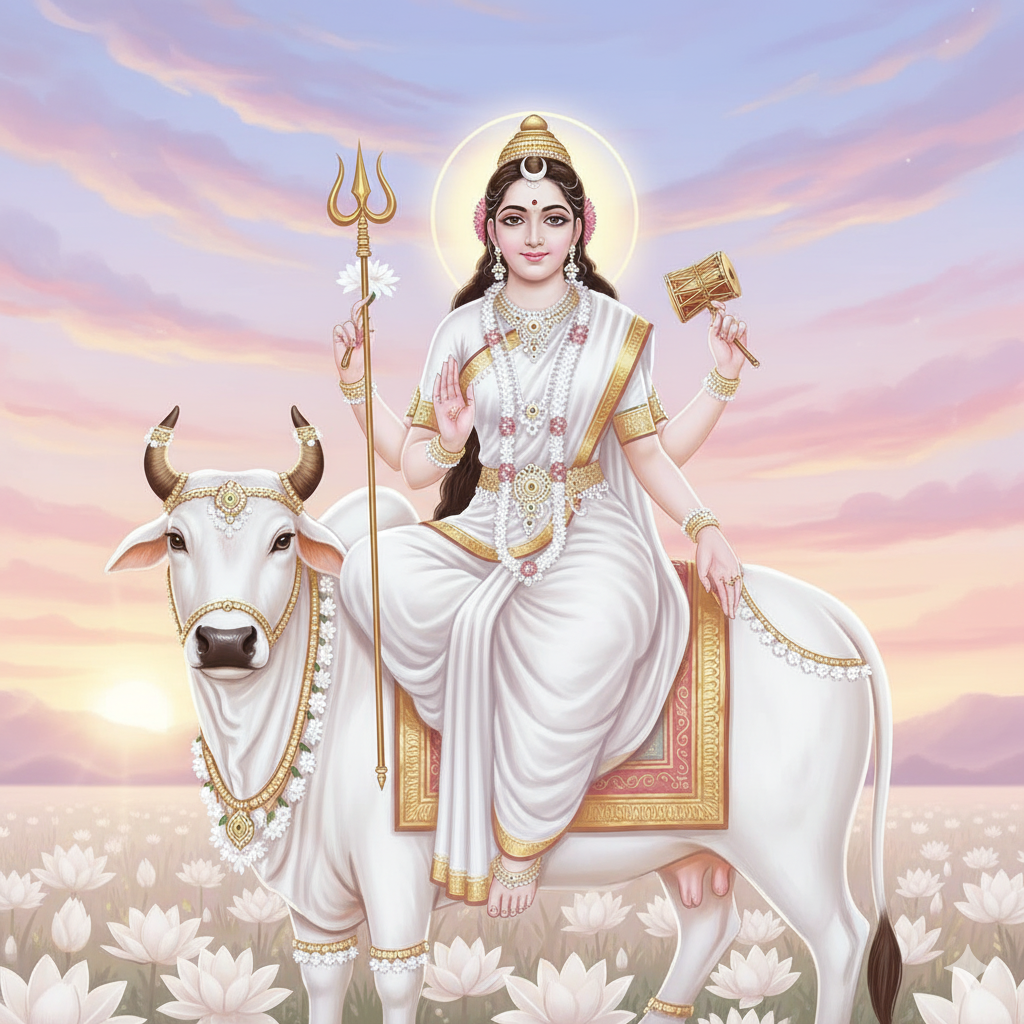
Mahagauri glows with purity and tranquility, dressed in white riding a bull. She blesses devotees with peace, cleanliness of mind, and spiritual enlightenment.
Day 9 (Vijaya Dashami): Siddhidhatri – The Bestower of Divine Powers
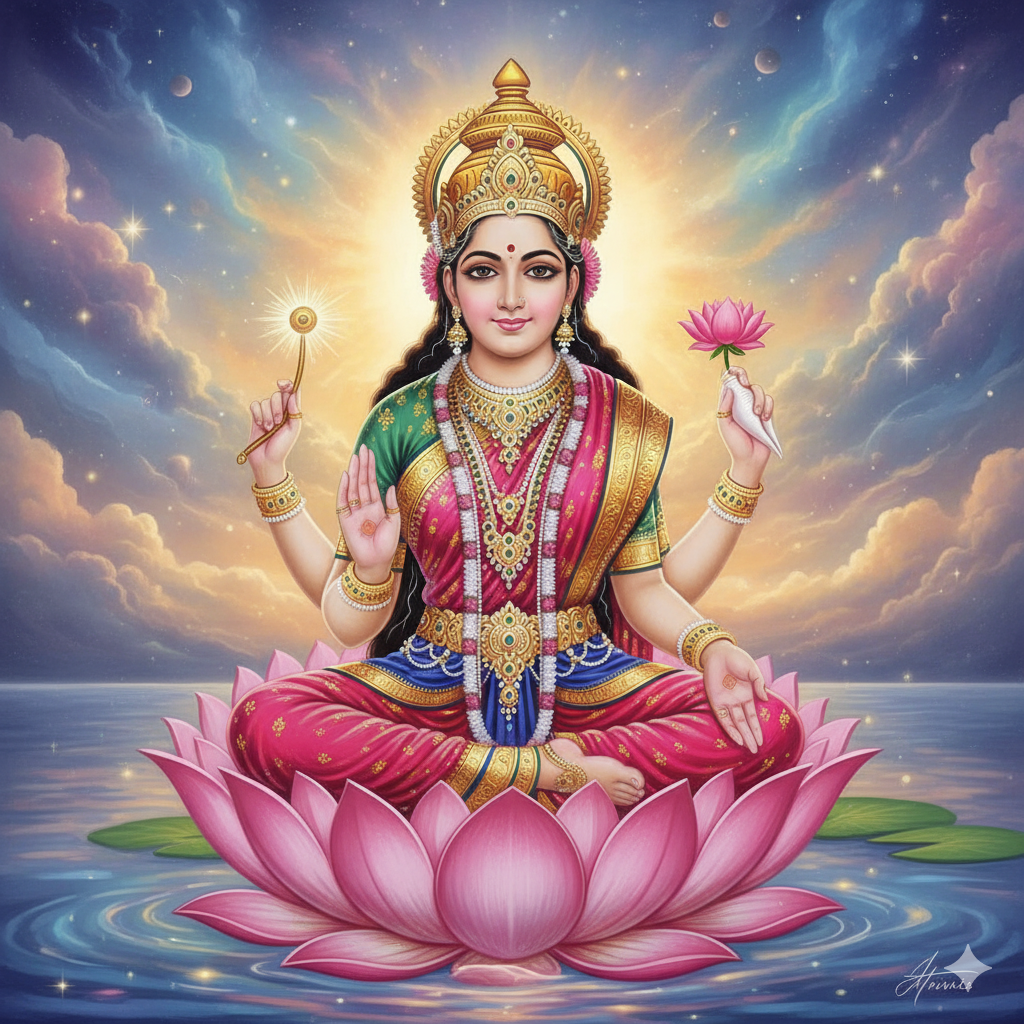
On the final day, Siddhidhatri grants supernatural wisdom and success. She is the culmination of the goddess’s power and promises fulfillment of all spiritual and worldly desires.
The Rhythm of the 15 Days: Rituals and Celebrations
The 15 days of Dashain are marked by specific rituals, symbols, and communal activities that deepen its spiritual and cultural meaning:
- Day 1: Ghatasthapana – Sowing of Jamara (sacred barley grass) and invoking goddess Shailaputri.
- Day 7: Fulpati – Floral offerings are brought to families and the royal palace.
- Day 8: Maha Ashtami – Devotion focused on Kali, with animal sacrifices expressing surrender and reverence.
- Day 10: Vijaya Dashami – Elders place Tika and Jamara on younger family members, symbolizing blessings and protection from goddess Siddhidhatri.
- Day 15: Kojagrat Purnima – Lighting of lamps to welcome Goddess Laxmi for prosperity and completion of the festival.
Why Dashain is Important for Visitors
Dashain represents the soul of Nepali culture and spirituality. It offers visitors a rich glimpse into centuries-old traditions filled with faith, family warmth, delectable cuisine, and colorful festivities. Experiencing Dashain at Shangrila Boutique Hotel or through Travel Maker South Asia is an unforgettable journey into the heart of Nepalese life and divine celebration.
Celebrate, reflect, and share in this divine festival that has bound the Nepali community for centuries and continues to inspire millions worldwide.

